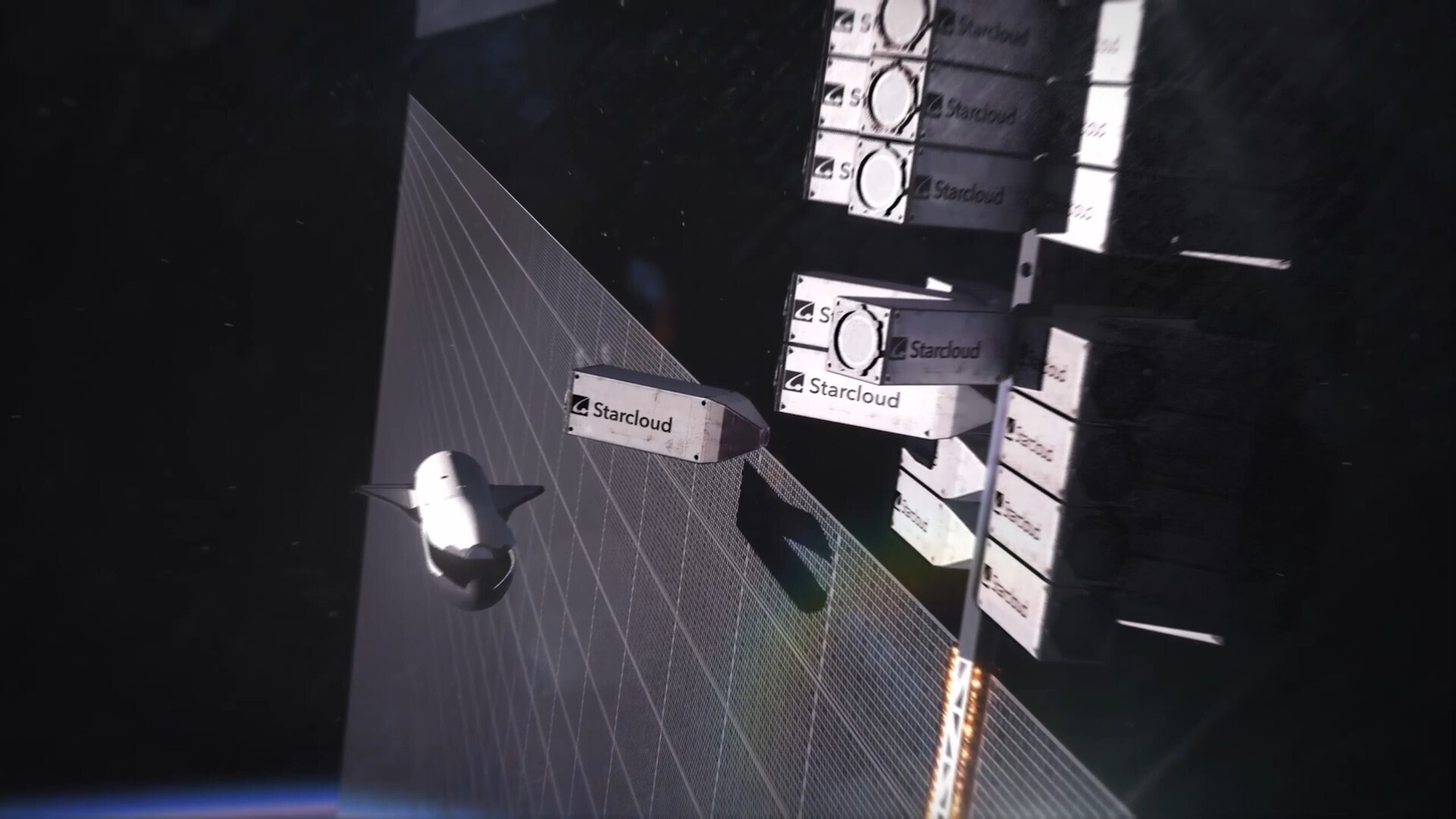Tracing Our Sun’s Family Tree
New research into the chemical composition of stars could identify our Sun’s long lost family and begin to unravel the complex history of our galaxy.
Gayandhi De Silva and colleagues at the European Southern Observatory’s Very Large Telescope (VLT) used the instrument’s Ultraviolet and Visual Echelle Spectrograph (UVES) to examine three open star clusters in our Milky Way galaxy.
Open clusters are loosely gravitationally bound groups containing up to a few thousand individual stars. These clusters formed from the collapse of a giant molecular cloud of gas and can have ages up to 10 billion years.
“Open clusters are invaluable objects for tracing of the formation and evolution of the disk of our galaxy,” De Silva said.” The older clusters hold clues to the formation history of the galactic disk.”
Family affair
Our Sun was born in an open cluster some 4.6 billion years ago, growing alongside its sibling stars like grapes on a vine, theorists say. Meteorites hold evidence for this close companionship in that they contain traces of the radioactive decay of the isotope Iron-60 which is only produced when a large star explodes in a supernova.
The VLT data obtained by De Silva has now confirmed the stars in each open cluster have their own distinctive "flavor."
Breaking space news, the latest updates on rocket launches, skywatching events and more!
“The main result was that the member stars of each cluster shared the same chemical composition. Such chemical homogeneity is expected if all the stars are formed together within the same parent gas cloud,” De Silva said.
This chemical resemblance between the clusters constituent stars indicates that the original gas cloud from which the stars formed was well mixed prior to star formation. “Further, it implies that any effects of chemical pollution are negligible and that the stars’ natal chemistry is preserved,” De Silva told SPACE.com.
The preservation of chemical identity could one day enable the identification of the Sun’s errant siblings. These stars lost touch with our own billions of years ago when our unstable open cluster dispersed, but these stars cannot conceal their roots.
“The elemental abundances of these stars are preserved despite the star cluster being kinematically dispersed. With detailed high accuracy measurements we should be able to find the chemical signatures of dispersed clusters that are otherwise unidentifiable,” De Silva said.
Like fine wine
Wherever in the galaxy they may now lurk, these stars will "taste" like our Sun and betray their origins in much the same way wines from a particular vineyard are unmistakable to an expert.
“If one can find other such stars that match the age and exact chemical composition of the Sun, it is very likely they have been born alongside the Sun,” De Silva said.
The identification of those other 4.6 billion year vintage stars may only be a matter of time.
“To do this sort of "chemical tagging" we need to have quality high resolution spectroscopic data. The upcoming ESA's GAIA mission will surely give a boost to testing these techniques, plus future high efficiency spectrographs on Extremely Large telescopes will also provide much of the required data,” De Silva said.
- Star Factory Revealed
- Strangest Things in Space
- All About the Sun
David Powell is a space reporter and Space.com contributor from 2006 to 2008, covering a wide range of astronomy and space exploration topics. Powell's Space.com coveage range from the death dive of NASA's Cassini spacecraft into Saturn to space debris and lunar exploration.
